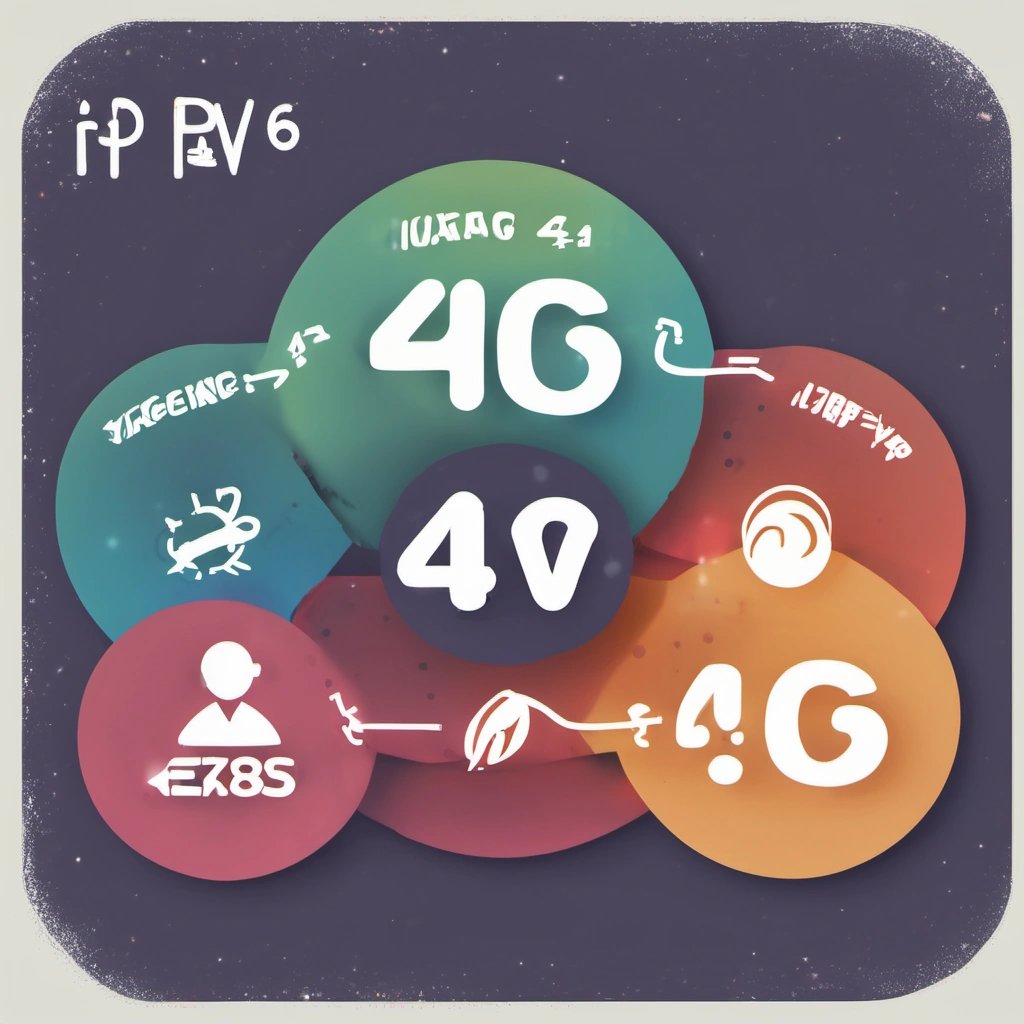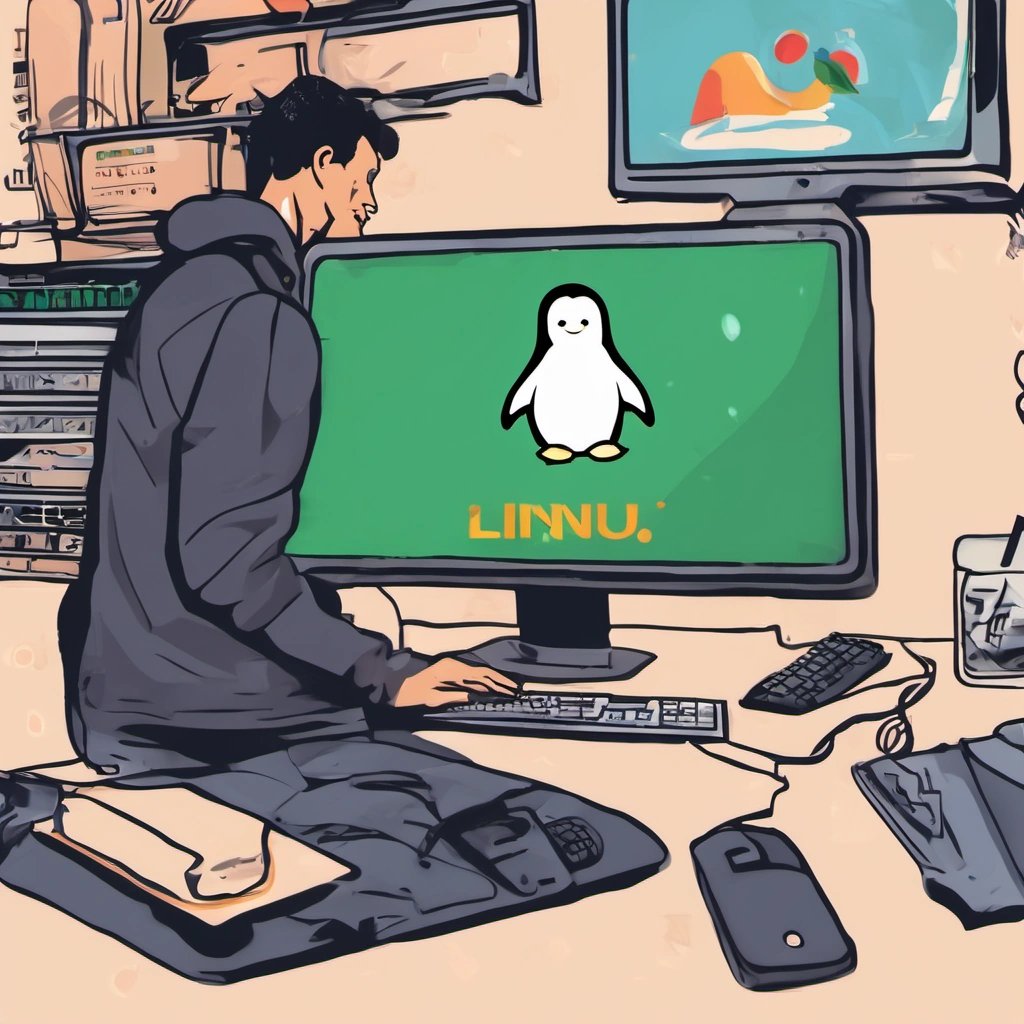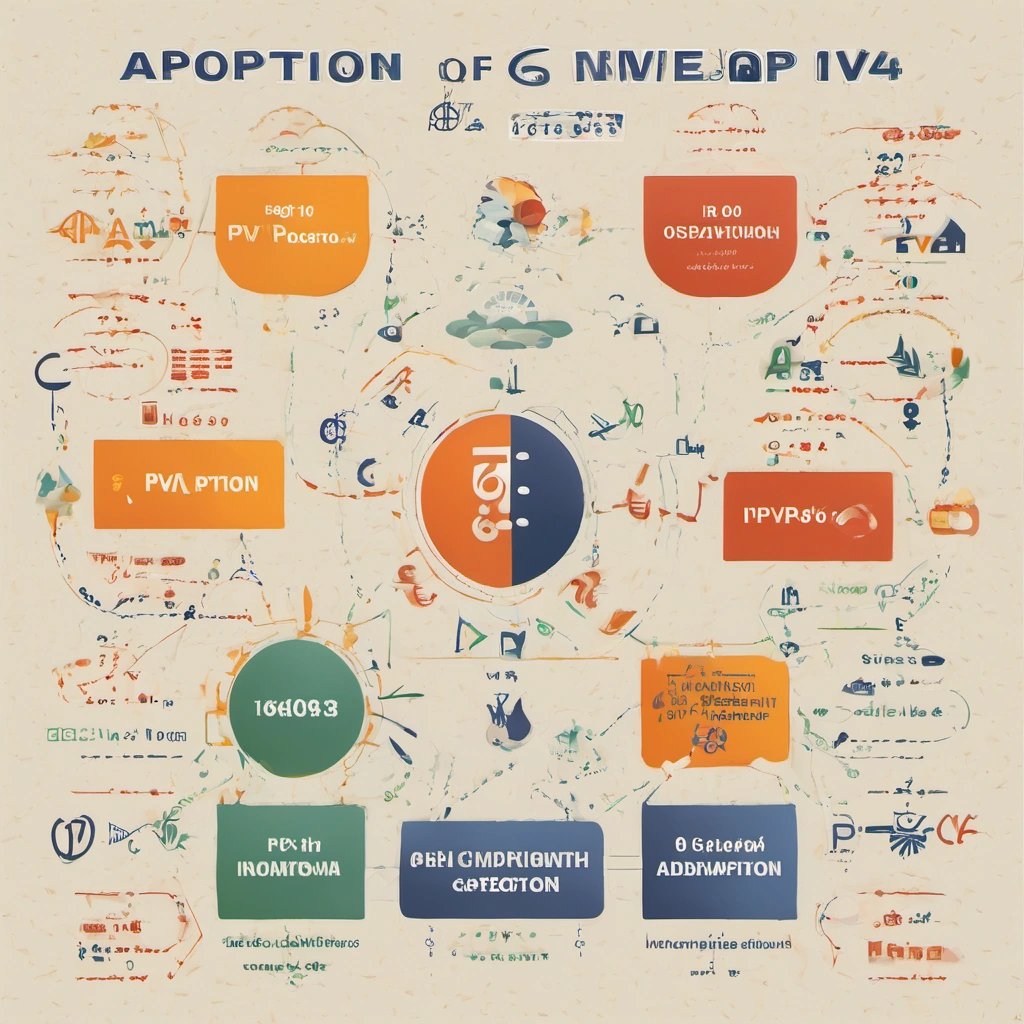A few years ago, if you had asked anyone in the tech industry which would come first: the year of Linux on the desktop or the moment when IPv6 overtook IPv4, you might have been met with skeptical laughter. After all, both seemed like distant dreams with no immediate hope of becoming a reality. But as time passed, something unexpected happened - the release of Duke Nukem Forever.
Duke Nukem Forever was a legendary video game that became synonymous with delays and never-ending development. Gaming enthusiasts and tech aficionados alike eagerly awaited its release, only to be disappointed year after year. It became a running joke in the industry, a symbol of overpromising and underdelivering. And yet, in a surprising turn of events, Duke Nukem Forever finally hit store shelves in 2011, a staggering 15 years after it was first announced.
Meanwhile, the adoption of IPv6, the next-generation internet protocol, had been progressing at a snail's pace. IPv4, the previous version, had been in use for decades and was running out of available addresses. IPv6 promised a virtually unlimited number of unique IP addresses, allowing for the continued growth of the internet. Yet despite its clear advantages, IPv6 struggled to gain traction.
The release of Duke Nukem Forever and the slow progress of IPv6 adoption might seem unrelated at first glance. However, upon closer examination, a fascinating connection emerges. Both were mired in delays and faced significant hurdles, only to finally reach their respective milestones in unforeseen ways.
So, what does the release of Duke Nukem Forever have to do with IPv6? To understand this connection, we need to delve into the intricate web of technological advancement, market forces, and human nature.
One could argue that Duke Nukem Forever became a symbol of what can go wrong in the world of software development. It represented the challenges and complexities that developers face when trying to meet ever-increasing expectations. The delays that plagued the game were a reflection of the industry's struggle to deliver on promises, often due to ambitious goals, changing technologies, and unforeseen roadblocks.
Similarly, the slow progress of IPv6 adoption can be attributed to a variety of factors. Resistance to change, the complexity of transitioning from IPv4, and the need for widespread cooperation were among the challenges. The inertia of the established IPv4 infrastructure made it difficult for IPv6 to gain momentum. It required a concerted effort from all stakeholders, including internet service providers, network administrators, and device manufacturers, to fully embrace and implement IPv6.
But what does all of this have to do with the question of which would come first: the year of Linux on the desktop or the moment when IPv6 overtook IPv4?
The answer is not straightforward. The year of Linux on the desktop has long been a dream of open-source enthusiasts and advocates. The Linux operating system has made significant strides in recent years, gaining popularity and recognition for its stability, security, and versatility. However, it still faces challenges in terms of compatibility, software support, and market dominance.
On the other hand, the IPv6 adoption rate has been steadily increasing over the years. More internet service providers, device manufacturers, and network administrators have recognized the need to embrace IPv6 to ensure the continued growth of the internet. However, IPv4 still remains the dominant protocol, and the transition to IPv6 is far from complete.
So, when will either of these long-awaited events come to fruition? The truth is, it's difficult to predict with certainty. Technological progress is often nonlinear and full of surprises. The release of Duke Nukem Forever serves as a reminder that even the most delayed projects can eventually see the light of day.
As for the race between the year of Linux on the desktop and the moment when IPv6 overtakes IPv4, both will likely happen in due time. It may take more concerted efforts, collaborative initiatives, and a shift in industry priorities, but the potential for both milestones to be reached is very much alive.
In the world of technology, progress often comes in unexpected ways. The release of Duke Nukem Forever showed us that even the most delayed projects can eventually come to fruition. Similarly, the slow progress of IPv6 adoption reminds us that change takes time and requires the collective effort of the entire industry.
So, as we continue to witness the gradual evolution of Linux on the desktop and the ongoing transition to IPv6, let us remember that progress is not always linear. It may take time, perseverance, and a bit of humor to reach our goals. And perhaps, just like Duke Nukem Forever, these long-awaited events will one day surprise us all.






